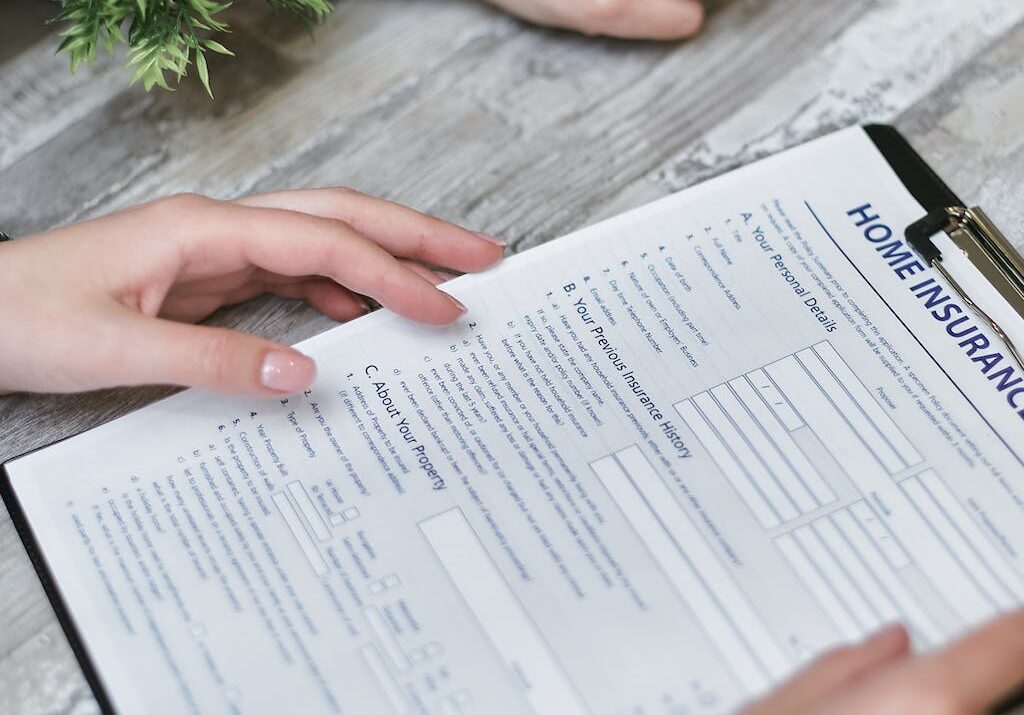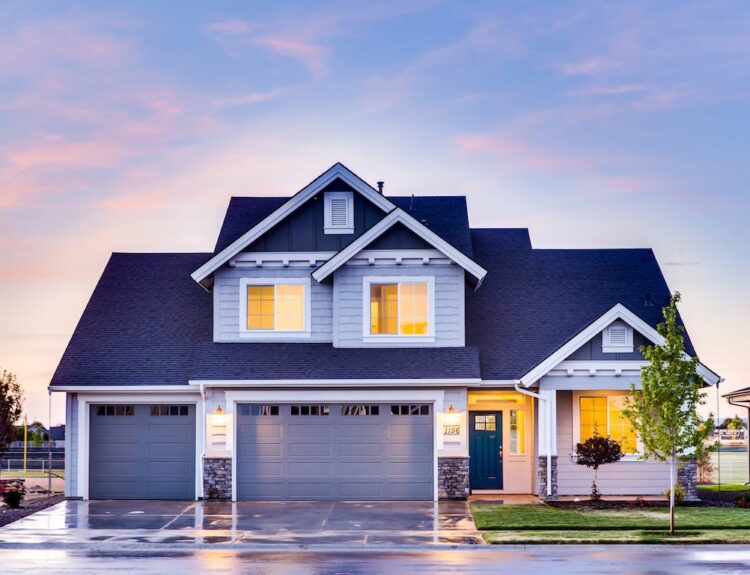Home insurance provides homeowners financial security and peace of mind during unforeseen events. Understanding the basics of home insurance coverage and optimizing your policy can help you make informed decisions and lower your premium costs.
Below we will look at important aspects of home insurance. This includes policy details, different types of coverage available, what isn’t covered by homeowners insurance, and valuable tips to lower your premium.
What Does a Homeowners Policy Provide?
A homeowners insurance policy typically provides the following:
– It covers property damage, personal liability, and additional living expenses.
– It protects your home against fire, theft, vandalism, and natural disasters.
– It offers liability coverage if someone is injured on your property.
– It covers the cost of temporary accommodations if, due to a covered event, your home becomes uninhabitable.
Different Types of Homeowners Insurance Coverage
Below are the different types of homeowners insurance coverage available:
– Dwelling coverage: This protects your home’s structure against damage or destruction.
– Personal property coverage: It covers the contents of your home, including furniture, electronics, and appliances.
– Liability coverage: It provides financial protection in case you’re legally responsible for property damage or injuries to others.
– Additional living expenses coverage: If your home becomes uninhabitable due to a covered event, you’ll need funds to make temporary arrangements. This is covered by the additional living expenses coverage.
What Isn’t Covered by Homeowners Insurance?
While homeowners insurance offers broad protection, it doesn’t cover everything. Some common exclusions include:
– Flooding: Most standard policies do not cover flood damage. Separate flood insurance is usually required.
– Earthquakes: Similar to floods, earthquakes typically require separate coverage.
– Routine maintenance: Homeowner’s insurance does not cover the costs of general upkeep or repairs.
– Certain types of personal property: Items like high-value jewelry, collectibles, or artwork may require additional coverage.
Tips to Lower Home Insurance Premium
– Increase your deductible: Opt for a higher deductible to lower your premium. Ensure you can comfortably afford the deductible if you need to make a claim.
– Bundle your policies: Consider bundling your home insurance with other policies to take advantage of multi-policy discounts.
– Enhance home security: Installing security systems, smoke detectors, and deadbolts reduces the risk of theft and fire, leading to lower premiums.
– Ensure a good credit score: A higher credit score may qualify you for lower insurance rates.
– Review your coverage limits: Regularly assess your coverage limits to ensure they accurately reflect the value of your home and belongings.






